Parthian Shot
The Parthian Shot – Shooting Backwards
One of the most infamous techniques of the mounted archer is of course the Parthian shot. The rider is at full gallop, seemingly fleeing from his enemies in panic. Little do they know that this was all part of the plan. Then, at the right time, the mounted archer twists around on his horse and delivers the Parthian shot.
Shooting backward while riding forwards was a technique utilized by all groups of people from history that used the horse and the bow as their primary means of waging war. Among the first the put this shooting technique into practice were the Parthians, where the technique gets its name. This article explores the Parthians and the archery technique that still bears their name, the Parthian shot.
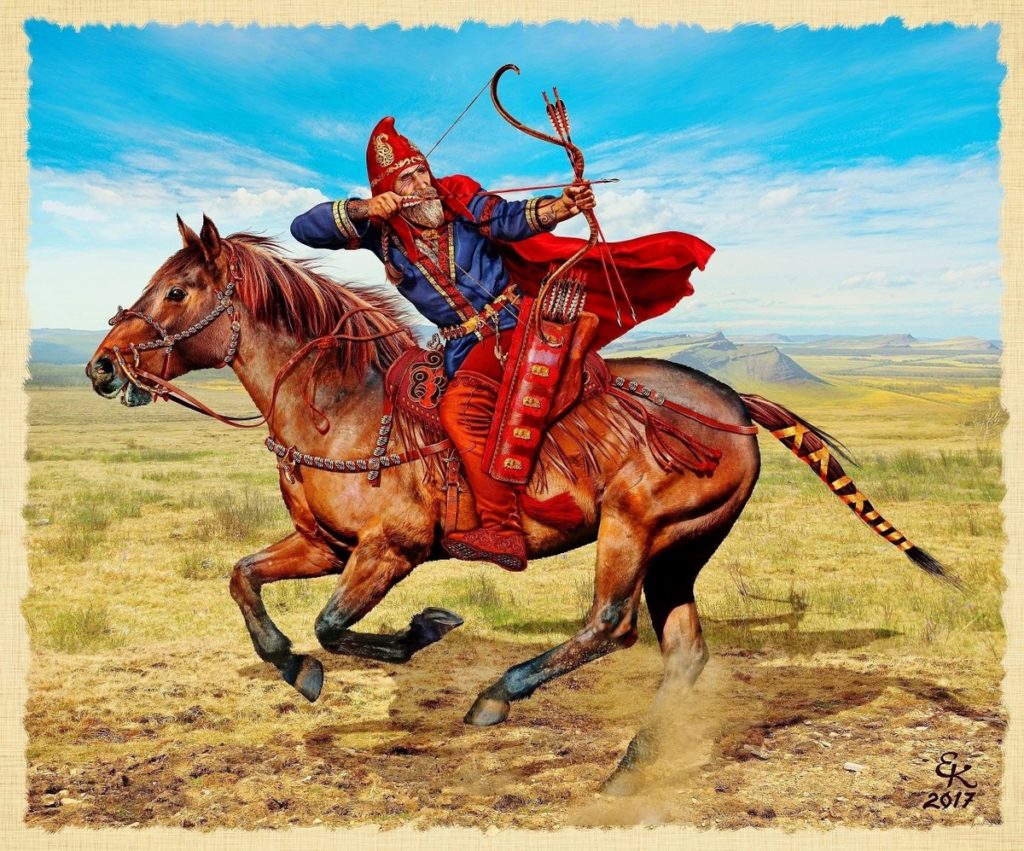
The Parthians
First off, who were the Parthians, the group that was among the first to be associated with this technique?
At their height, the Parthians ruled over a vast region from 247 B.C.to 224 A.D. Their lands stretched from modern-day eastern Turkey to Pakistan in the west and from the Persian Gulf in the south to Armenia in the north.
The Parthians are thought to have emerged from a Scythian tribe northeast of the Caspian sea known as the Parni. This once humble tribe would eventually move overthrow the Greek satraps (governors) of Mesopotamia and establish an empire of their own.
The region had formerly been conquered by Alexander of Macedon and upon his death, this area would go to one of his entrusted generals, Seleucus I. This would be known as the Seleucid Empire. The Seleucids would become weak due to conflict with the Ptolemies to the East (another inheritor of Alexander the Great’s domains) and this was the moment to seize power for the Parni in 247 B.C.
After this point in history, Parthia would gradually expand her influence and dominion far and wide, eventually coming into conflict with the Romans in the East. One of the most devastating defeats was dealt with by the Romans by Parthia during the Battle of Carrhae.
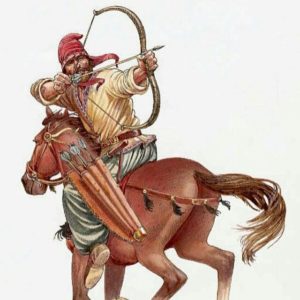
Battle Tactics
Parthian battle tactics make use of a combined force of cavalry. Light cavalry for hit-and-run tactics with the bow and arrow combined with heavy cavalry, the cataphract. With a portfolio of maneuvers similar to all mounted nomadic peoples, the Parthians were a cunning enemy. Some of their most notable and recognizable strategies include the following.
- The feigned retreat. Seeming to at first fully engage the enemy, then abruptly retreat in seemingly disorganized panic. Then when the time is right, let loose the Parthian shot. The retreating cavalry could also lead the enemy into ambushes, quietly hiding and waiting. This tactic involves many disciplines, with timing and coordination being crucial for maximum effect.
- Relentless harassment. As in the battle of Carrhae, fought between the Romans and Parthians, the cavalry archers would not let the Romans rest. Wave after wave of Parthians would ride to just within arrow shot of the Romans, loose their arrows, then retreat before they could be engaged. This causes fatigue, frustration, and a loss of morale for any enemy, regardless of their skills in combat.
- Psychological warfare. Large hollow drums were brought in by the Parthians at the Battle of Carrhae. The near-constant low-frequency noise would have been unsettling over a prolonged period of time, even for the most battle-hardened veterans. The relentless income of arrows was designed to not only damage the enemy but over time break him psychologically.
- Combining light and heavy cavalry. Heavily armed and armored cavalry deals the death blow at the end of a battle. After being demoralized and fatigued by arrow fire, the cataphracts break through the enemy lines and finish the job.
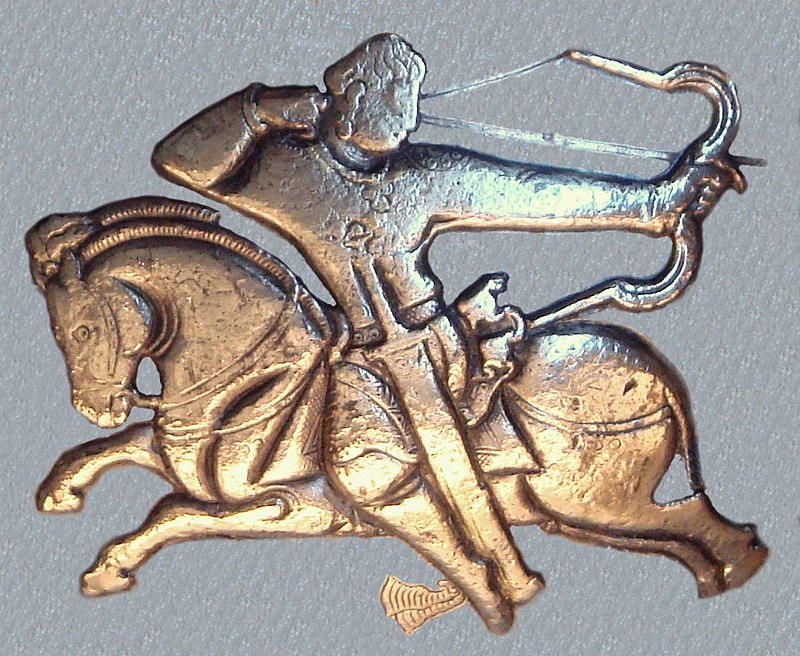
The Battle of Carrhae
An excellent example of Parthian tactics is the Battle of Carrhae. Three of the most powerful and wealthy Romans formed an alliance in the 50s B.C. These were Marcus Licinius Crassus, Pompeius Magnus, and Julius Caesar. It was Crassus, being 62 and realizing he didn’t have too many epic campaigns under his belt, who decided to make his move on Parthia. Pompey and Ceasar on the other hand had famously successful campaigns very early on in their careers.
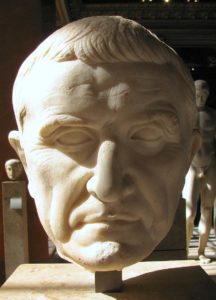
Crassus was fabulously wealthy, and according to many accounts, quite greedy. Being such a narcissistic egomaniac, Crassus could hardly help himself to make a move on Parthia. The news came to Rome of internal strife amongst the Parthians, when, after the death of their king, Phraates III, a power vacuum set in. This was his time to shine.
Because of a treaty with the Parthians, many Roman officials objected to the war as unjust. Nevertheless, Crassus leaves Rome for Parthian territories in the Middle East on November 14, 55 B.C.
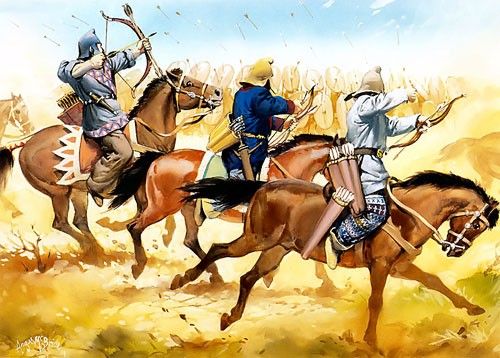
Lead-Up to the Battle
Crassus fields an army of seven legions (approximately 30,000 heavy infantry) as well as 4000 light infantry and 4000 cavalry. The Armenian King Artavasdes being under Parthian control seeks to align himself with the Romans, and so he lends about 6000 cavalry to Crassus’ cause.
Artavasdes also proposes that Crassus march through his lands in Armenia and avoid the deserts to the east. In doing so the Armenian king would also be able to bolster the Roman forces with an additional 30,000 infantry and 10,000 cavalry. For some reason or another, likely pride and ego, Crassus refuses the generous help and marches the straight route toward Mesopotamia.
The Parthian King at the time, Orodes II divides his forces, taking most of the infantry and some cavalry with him to punish the Armenian King for his treachery. He leaves an all-cavalry force of about 10,000 to his trusted general Surena. The Parthian general also makes preparations to have a supply chain of about 1000 camels to help resupply his archers with fresh arrows. The Parthian King believes this force would be sufficient in harassing and delaying the Romans but does not expect the events that follow.
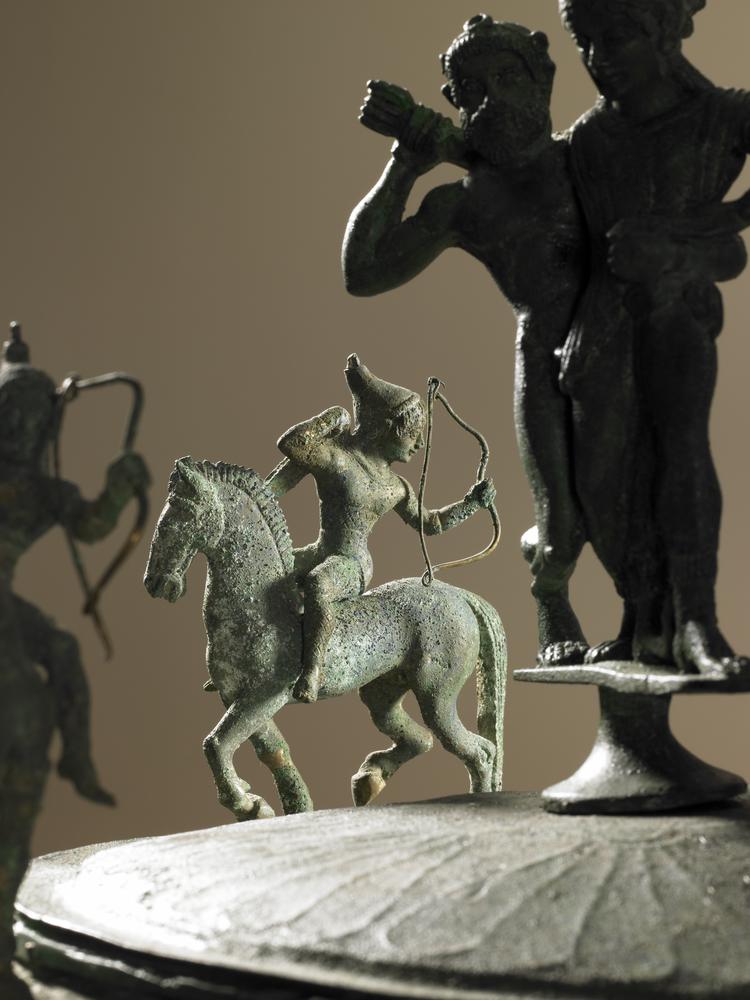
The Battle
Crassus is led by the Osroene chieftain Ariamnes, who he thought he could trust, but who was in fact a paid spy for the Parthians, far into the desert away from any water. The Roman army then proceeded to go into panic mode. They realized the Parthians were close and ready to fight in the open. After some disorganization and panic, the Romans form up in a hollow square formation. The Romans would be on the defensive for the remainder of the battle.
The Romans repeatedly tried to advance against the Parthians with no success. The mounted archers, upon noticing the advance of the Romans, would retreat. During these well-organized and fast retreats, the Parthians would use their infamous tactic, the Parthian shot. Under near-constant arrow fire, the Romans made haste to come together in the testudo formation. This formation, with Roman shields tightly interlocked, makes for good defense against arrow fire yet at a cost. That cost is maneuverability.
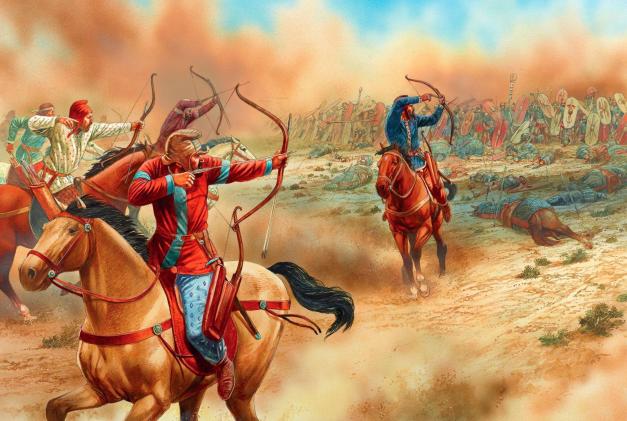
Conclusion of the Battle
Seeing the enemy on the defensive in this manner, Surena orders his heavy cavalry to charge and attempt to break up the Roman formation. This works in causing disarray and heavy casualties among the Romans. When they try to break formation and engage the cataphracts, they retreat and arrows continue to once again rain down on the battered Roman legions.
The onslaught did not let up until nightfall. The Parthians were however willing to negotiate a truce the next day. Crassus was reluctant but the remainder of his army threatened mutiny if he did not go. This day would not be any better for Crassus however. Things went south during the negotiations and Crassus was killed. All in all Roman casualties amounted to 20,000 killed and 10,000 captured with Crassus himself losing his life. The Parthians took several Roman standards. An epic and disastrous defeat for the Romans. One of the worse if not the worst loss for the Roman military in its long history.
Practice & Execution
As mentioned, the Parthian shot takes much training and practice to execute. Check out some of the pros below:
